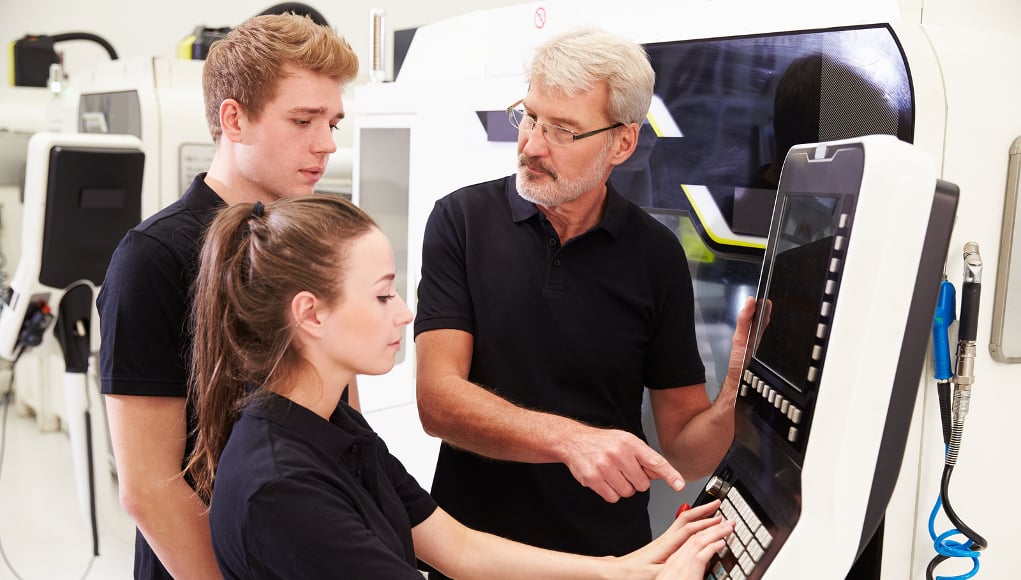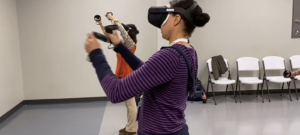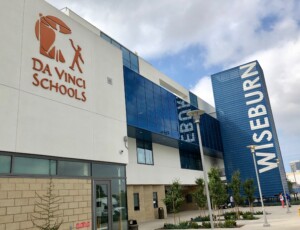Why Career Exploration Must Be a K–12 Priority and One Way to Make It Happen

By: Mark C. Perna
Career exploration is a critical part of the learning experience, and most schools incorporate it in some form during the last two years of high school. But does that give young people enough time to determine their life direction?
Educators know that basic career decisions are often being considered during the middle school years. Yes, sixth-graders are thinking about their future and many base their tentative plans on what they know of the careers of family members and others in their immediate circle. That’s not necessarily a bad thing, but they don’t know what they don’t know about the other opportunities available. They’re starting their decision-making process with very little data.
For many, a broader range of career options is only discovered later, near the end of high school or even in college, when the financial clock starts ticking. They must then scramble to make a decision that may not be the right one — or put it off with a gap year that may extend much longer than originally planned. It’s not ideal, and we can serve our young people better.
Career Exploration is Not an Add-On
The world has changed and getting straight A’s in core subject areas is no longer enough to succeed. Today’s young people must pair academic knowledge with powerful technical and professional skills to create a competitive advantage that will serve them in any position, pathway or career.
In a perfect world, young people would graduate high school with their postsecondary training and career plan already in place. This doesn’t mean they can never change their minds—the ‘for-now’ decision strategy can help take the pressure off that choice — but it does mean they’ve thought seriously, done the research, and imagined their future lives in various careers. Starting this process in 11th and 12th grade often does not allow enough time, reflection and self-discovery to make the best choice.
The answer is not to smash an obligatory career exploration unit as an afterthought into an already-packed curriculum. Career exploration should not be treated as a distinct topic in and of itself; it’s not an add-on. Rather, it should permeate the existing curriculum as the purpose and driving force that makes all those traditional subjects meaningful.
Integrating a career focus into everyday learning can be as simple as ‘the Whiteboard Method,’ created by a teacher I know and admire to integrate a Professional Skills (PS) component into every lesson, alongside a Learning Target (LT) and Essential Question (EQ). Each day’s LT, EQ, and PS are written on the whiteboard to proactively answer the question: “WHY are we doing this?” with a career-related answer. She says, “I start the class with the LT, EQ, and PS. While we are working I will reference the LT, EQ, and PS when they pertain to what we are discussing. I end the class going back to the LT, EQ, and PS by having the class write REFLECTIONS.”
Listening is one PS that she has been teaching recently on the whiteboard. “I tell them, ‘You are going to have meetings in your work world and if you are talking or on your phone when you should be listening, you might get written up or fired. Listening is VERY important.’”
The Whiteboard Method also helps students develop a hirable attitude along with the skills for their chosen career (in this case, in culinary arts). “I tell my students, ‘If you are good at asking intelligent questions, communicating with others, and working with a good attitude, you are hirable. I would hire someone who isn’t as good at cooking but asks intelligent questions, works well with others, and has a good attitude over someone who is a great cook but has a terrible attitude, doesn’t work well with others, doesn’t ask intelligent questions, or just doesn’t ask questions in general, and makes assumptions that USUALLY end up costing a business money.’”
The Whiteboard Method is one thoughtful way to incorporate a career topic into the daily learning experience—and there are many others. The purpose is to connect the dots for students and show them how the information and behaviors they’re learning today have relevance in their future careers.
By focusing young people on the ‘for-now’ decision, we can bring both focus to career exploration and relevance to academics. Far from being divorced from one another, academics and career exploration should work hand-in-hand to motivate students to increase their performance.
One Answer to the Career Exploration Challenge
Career exploration should be more of a priority in the K–12 world, and it should start in middle school. But these are formidable challenges. How do you talk careers with 12-year-olds? Or for that matter, how do you integrate career exploration into the high school curriculum, not as an add-on item but as the connective tissue that infuses their academic subjects with relevance?
My answer — and there are many other good ones out there — is a strategy and classroom tool called the Career Tree®. The underlying principles of this tool can and have been used in many different contexts and there is no copyright on the core strategies of individual research, group interactions, classroom dialogue, and goal-setting. The Career Tree is just one way to make those things part of the everyday classroom conversation.
Like other effective career exploration strategies, the Tree is all about empowering young people to make the choice that’s right for them — to find their own perfect intersection of education, career and lifestyle. Middle-schoolers are introduced to broad career fields with the goal of narrowing their interests to one or two that they will explore further in their high school years. Once in high school, students drill down from broad career fields to specific careers that pique their curiosity. They research salaries, requirements, responsibilities and lifestyles. They talk in class about what they find out. And alongside their peers, they start thinking about their future lives.
Through a visual illustration of a sturdy Tree with branches that represent careers, young people can see an array of choices and pathways open to them once they climb the trunk, which represents the completion of their current course of study. When they choose a career amidst the branches, they’re motivated to work hard to reach that self-determined goal. This creates an atmosphere that encourages them to dream about the future lifestyle that their career will support. And it reinforces the value of their academic studies, because without the diploma, credential, degree, certification, or licensure that their desired position requires, they can’t get to their chosen career branch.
While grades and goals are important, they’re not the full package anymore. The Career Tree’s Root System also encourages young people to ground their career in professional skills to succeed in the workplace. These traits and abilities include work ethic, communication, confidence, ability to accept feedback, leadership, flexibility, integrity, critical thinking, problem-solving, work-life balance, punctuality, stress management and many more. These skills are universal across all levels, in all industries, at all times, and young people don’t need to wait until they enter the workforce to start learning them.
Making Career Exploration a Priority
The rise of artificial intelligence in the workplace over the last decade has been dramatic. Workforce development is shifting quickly, and our K–12 educational system must also change. We cannot continue to focus students solely on academic achievement or technical competence. The coming generation will need both, plus the uniquely human professional skills that AI can never replace. Career exploration will connect the dots to motivate young people to excel in all these areas.
It’s true: we don’t live in a perfect world where every student graduates high school with a solid, detailed plan for his or her postsecondary path. But tools like the Career Tree and others that normalize meaningful career exploration during the middle and high school years can move us a step closer to that reality. And for the next generation, earlier career exploration prioritized throughout the entire learning experience can make all the difference in the world.
For more, see:
- Starting Career Education in Middle School
- How Career and Technical Education Can Inform Competency-Based Learning
- Preparing Students for Career Success
Stay in-the-know with innovations in learning by signing up for the weekly Smart Update.
Mark C. Perna is the author of Answering Why: Unleashing Passion, Purpose, and Performance in Younger Generations and the founder and CEO of TFS, a strategic marketing and consulting firm serving clients in education and industry. Follow him on Twitter at @MarkPerna.







0 Comments
Leave a Comment
Your email address will not be published. All fields are required.